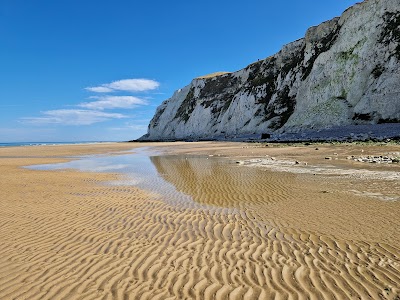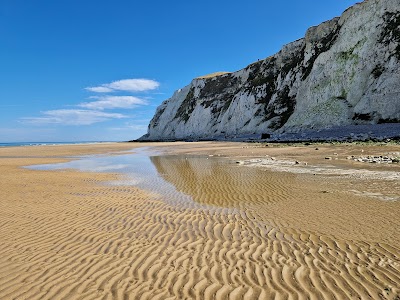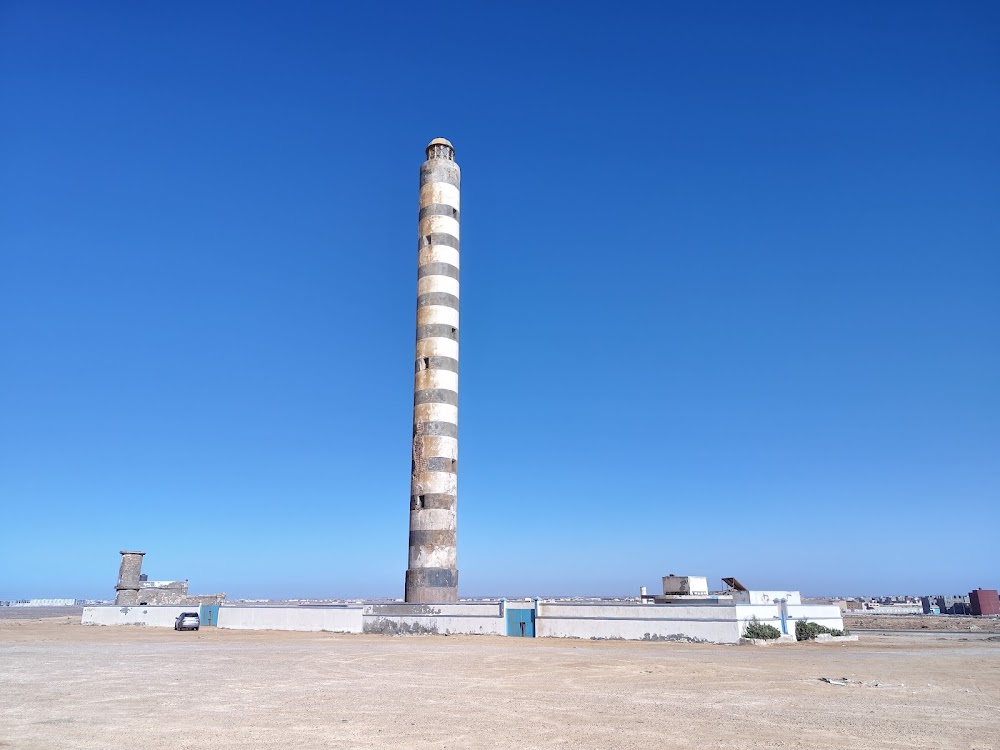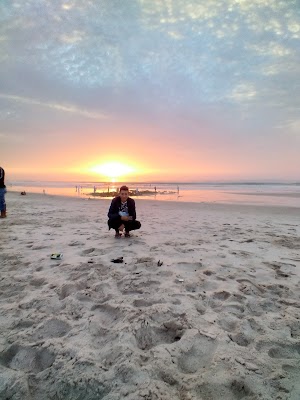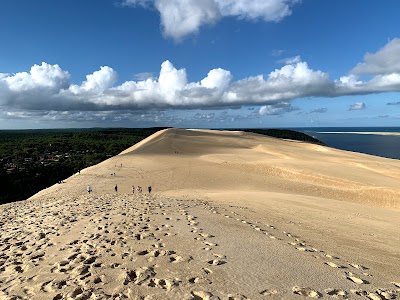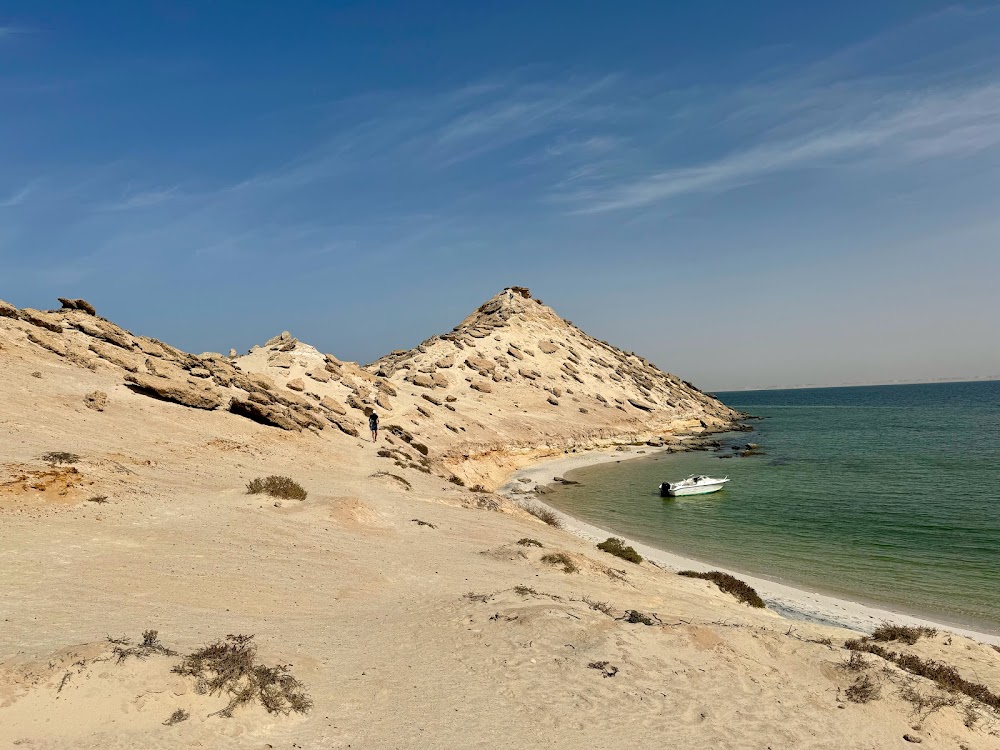Cap Blanc (Cap Blanc)
Overview
Cap Blanc, also known as Ras Nouadhibou, is a stunningly beautiful and historically rich peninsula located in the Dakhla-Oued Ed-Dahab region of Morocco. This pristine cape juts into the Atlantic Ocean, serving as a natural border between Morocco and Mauritania. With its unique blend of scenic landscapes, diverse biodiversity, and intriguing history, Cap Blanc is an essential destination for international travelers seeking adventure and discovery.
Historical Significance
Historically, Cap Blanc has played a critical role in maritime navigation. Frequently featured on ancient maritime maps, its strategic position along the West African coast has made it a landmark for sailors throughout the ages. During World War II, the peninsula served as a crucial monitoring point, and remnants of historical military posts can still be found scattered around the area. This rich historical tapestry adds a layer of fascination for history enthusiasts eager to explore the stories of the past.
Stunning Landscapes
Cap Blanc is renowned for its breathtaking landscapes and unique geographical features. Visitors are welcomed by a striking contrast between the crystal-clear waters of the Atlantic and the stark, arid terrain of the peninsula. The area boasts dramatic cliffs, expansive sandy beaches, and an overall serene ambiance, perfect for those looking to escape the hustle and bustle of modern life. The iconic Lighthouse of Cap Blanc, perched atop one of these cliffs, provides panoramic views that are simply unforgettable.
Ecological Treasures
From an ecological perspective, Cap Blanc is a treasure trove of biodiversity. The waters surrounding the cape serve as a vital habitat for various marine life, including the rare Mediterranean monk seal. In fact, Cap Blanc is one of the few places in the world where visitors can observe these endangered creatures in their natural habitat. The peninsula is also part of the Banc d'Arguin National Park, a UNESCO World Heritage site known for its rich birdlife. Birdwatchers will be thrilled to spot species such as flamingos, pelicans, and numerous migratory birds that use the area as a stopover point.
Recreational Activities
For those seeking adventure, Cap Blanc offers a variety of recreational activities. The calm and clear waters are perfect for snorkeling and diving enthusiasts eager to explore underwater wonders. The beaches provide an ideal setting for sunbathing, picnicking, and beachcombing. Guided tours are available for those interested in learning about the local flora and fauna, as well as the region's historical and cultural significance.
Cultural Richness
The local culture and hospitality of the Dakhla-Oued Ed-Dahab region further enrich the experience. The Sahrawi people are known for their warm hospitality and vibrant cultural traditions. Visitors can immerse themselves in traditional music, dance, and cuisine, gaining a deeper understanding of the region's heritage. Local markets offer a variety of handcrafted souvenirs, including pottery, textiles, and jewelry, showcasing the artistic talents and cultural diversity of the area.
Getting There
To reach Cap Blanc, travelers can fly into Dakhla International Airport, which is well-connected to major cities in Morocco and other international destinations. From Dakhla, a scenic drive takes you to the cape, providing picturesque views of the desert meeting the ocean. Accommodation options range from luxury resorts to more modest stays, catering to diverse preferences and budgets.
In conclusion, Cap Blanc is a captivating destination that harmoniously blends natural beauty, historical significance, and cultural richness. Whether you are a history buff, a nature lover, or simply looking to relax and unwind, Cap Blanc in Dakhla-Oued Ed-Dahab promises an unforgettable experience. This hidden gem of Morocco invites you to explore its stunning landscapes, diverse wildlife, and vibrant local culture, making it an essential addition to any travel itinerary.


